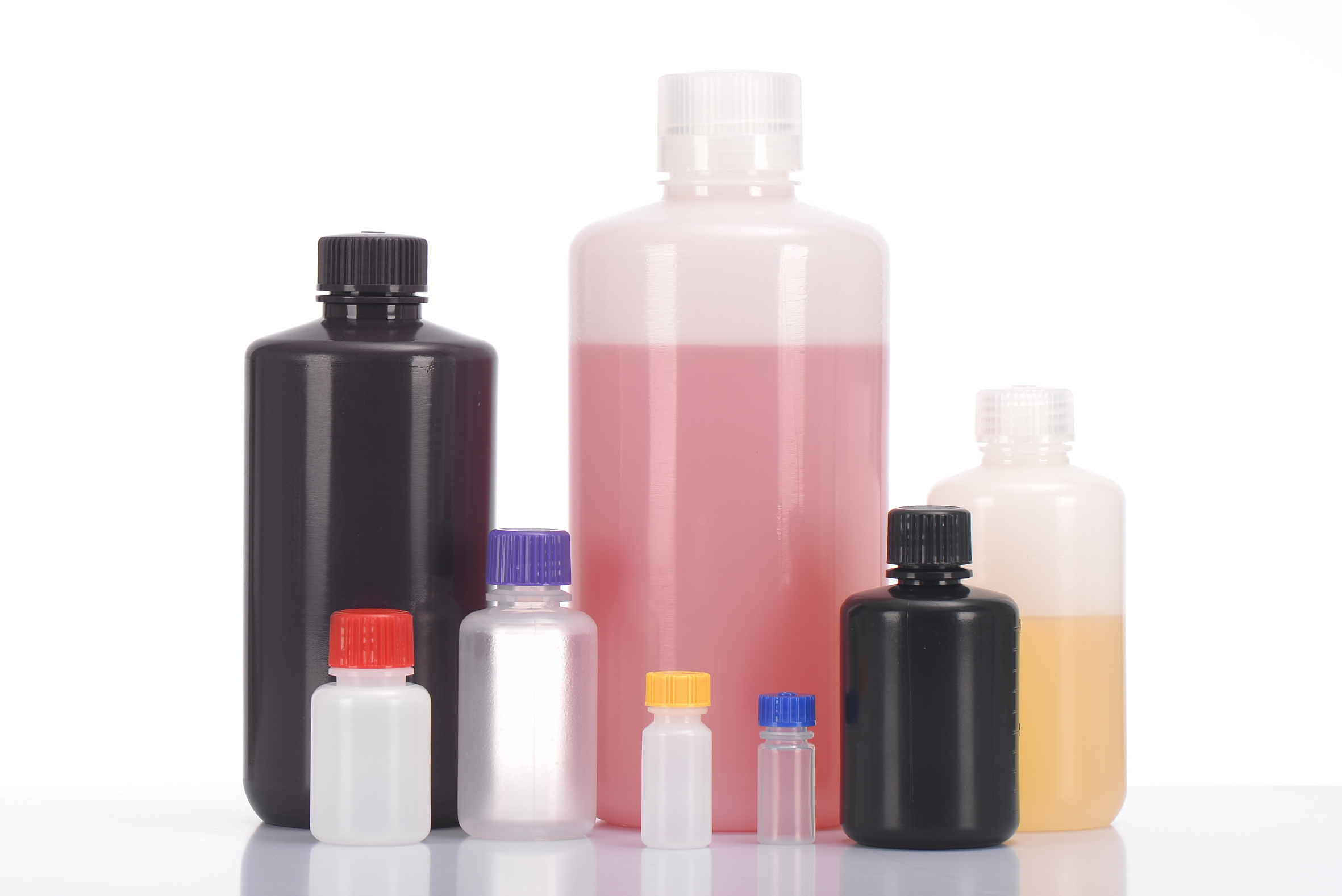DIAGNOSTIC MACHINE
The Automatic Monoblock Filling and Capping Machines are commonly used in the Diagnostic and Biology products industry for efficiently packaging products such as Diagnostic Reagent, IVD Reagent, Animal Vaccine, Test Tube, Laboratory Biochemistry Vial, Steriel Vials . These machines automate the process of filling containers with the product and securely capping them, increasing productivity and ensuring consistency in packaging.
DIAGNOSTIC FILLING PACKING MACHINE ( BY FUNCTION):
1. Monobock Liquid Filling Capping Machine
2. Monoblock Filling Stoppering Capping Machine
3. Monoblock Rinser Filling Capping Machine
4. Monoblock Cap Open - Liquid Filling - Cap Close
DIAGNOSTIC FILLING CAPPING MACHINE ( BY MATERIAL):
1. Regant, Micro-volume, Small-volume Nucleic Acid Detection, Buffers, Cleaning Solutions, Diluents
2. Medium, Chemiluminescence, Coated plates, Blood group cards
3. Animal Vaccine
4. Enzyme, Cell preservation solution, dropper bottle
5. Serum, Centrifuge tube
6. Buffer, Small volume buffer, Cleaning solution, Diluent
DIAGNOSTIC FILLING CAPPING MACHINE ( BY CONTAINERS):
1. Plastic Bottle and Containers
2. Plastic Testing Tubes with Screw Cap
3. Test Kit Containers
4. Glass Vials
5. Plastic and Glass Enzyme-immune Dropper Bottle
6. Centrifuge Tube
7. Disposable Pipette
8. FOB Feces Collection Tube
9. Cryotube
DIAGNOSTIC FILLING PACKING MACHINE ( FAQ ):
1. Q: How does the diagnostic Reagent Filling and Capping Machine work?
A: The machine fills diagnostic reagents into containers, such as vials or bottles, with precise volumes. After filling, it caps the containers securely to maintain integrity and prevent contamination.
2. Q: What types of containers can the Reagent Filling Machine handle?
A: The machine can typically handle various types and sizes of containers commonly used in diagnostic reagent packaging, including vials, bottles, and tubes.
3. Q: What is the filling accuracy of the Automatic Reagent Filling Machine?
A: The filling accuracy depends on factors such as the type of reagent, viscosity, and the specific configuration of the machine. However, modern machines can achieve high levels of accuracy, often within fractions of a milliliter.
4. Q: How does the Biology Reagent machine ensure cleanliness and prevent contamination?
A: Diagnostic reagent filling and capping machines are designed with features such as sterilization systems, enclosed filling areas, and sterile air environments to minimize the risk of contamination.
5. Q: Can the machine handle different types of reagents, including aqueous and viscous solutions?
A: Yes, the machine can typically handle a wide range of reagent viscosities, from aqueous solutions to viscous liquids, with adjustments made to the filling process as needed.
6. Q: What safety features are included in the machine?
A: Safety features may include emergency stop buttons, interlocking safety guards, and sensors to detect abnormalities in the filling and capping process.
7. Q: How easy is it to change between different reagents and container sizes?
A: Modern diagnostic reagent filling and capping machines are designed for quick and easy changeovers between different reagents and container sizes, often with minimal manual adjustments required.
8. Q: What maintenance from Reliance Machinery is required for the machine?
A: Regular maintenance, such as cleaning, lubrication, and inspection of components, is essential to ensure optimal performance and longevity of the machine. Manufacturers typically provide detailed maintenance schedules and guidelines.



